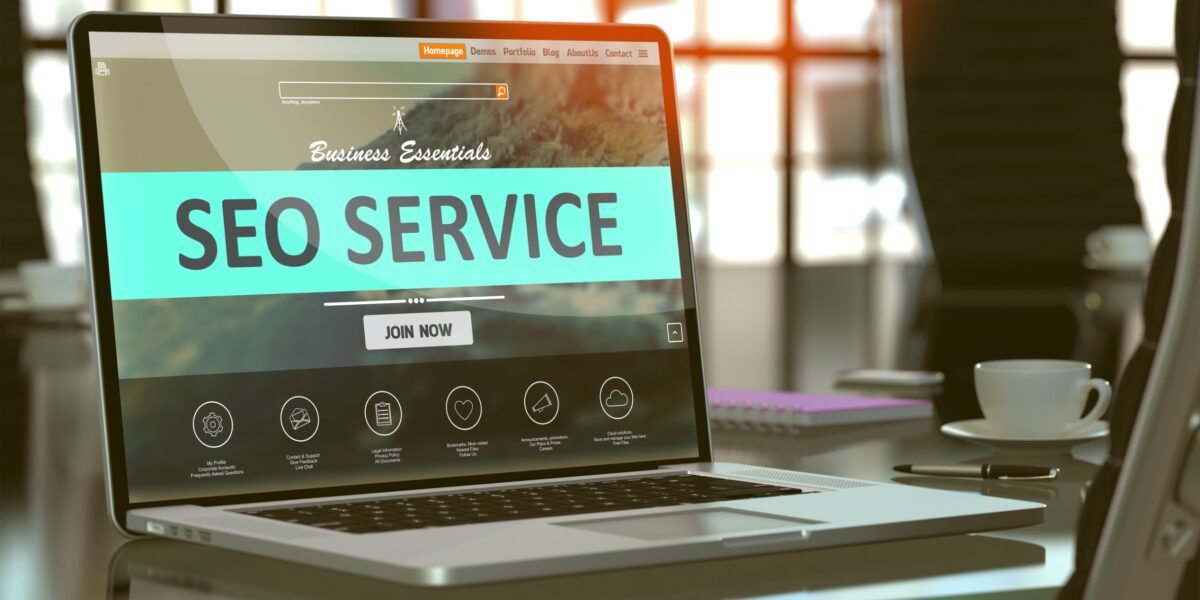An appealing website design is important, but you can’t lose sight of what your website is really for: to convert traffic into lead-form submissions, phone calls, physical-location visits, contact-form submissions and sales.
Without these actions, your business will not generate revenue. Naturally, the more conversions your website produces, the more revenue your business is going to produce. Similarly, the less time it takes you to manage your own website, the more time you have to invest in marketing and actually running your business.
I recently sat down for a morning cup of coffee with a friend that wanted me to audit his company’s website. Its conversion numbers were extremely low and my friend was willing to make any necessary changes to improve those numbers.
Here are six takeaways from our conversation that you can implement to improve your conversion rates.
1. Opt for a responsive design.
Approximately 31 percent of all traffic to the top 10 digital properties came from mobile devices, according to ComScore’s 2015 US Digital Future in Focus study.
This number, while already significant, will keep increasing. If your website doesn’t provide a pleasant mobile experience you are shooting yourself in the foot.
A responsive website design (RWD) adapts to fit any screen — desktops, laptops, smartphones and tablets — in a way that makes all pages, features and actions accessible, regardless of which devices the user is browsing on. Are you going to sit there and try to manipulate your mobile screen to read the content or access an offer? Of course not, and neither will your customers.
2. Chose a simple design over complex noise.
Years ago web-design trends were over the top — lots of animation and flash were all the rage. Today, clean and simple flat designs are popular. Brands used to go overboard trying to impress visitors with quirky features, while today’s consumers appreciate a nice, clean layout.
Impress your visitors with your content and offerings. Bombarding them with unnecessary flash and animation not only annoys them, but it also slows down the load time of your website. Whatever you do, don’t mirror your site after this masterpiece.
3. Say no to stock photos.
First, let me say that stock photos are great for some things, such as your blog posts. In a previous column I listed several sources of free high-quality stock images. However, they don’t belong on your company’s “About” page.
I cringe when I see a website that uses painfully phony stock images on pages that describe what the business does or the individuals behind it. If you want to include images of your team, hire a professional photographer and book studio time.
Consumers aren’t going to have much confidence in a business that is trying to convey their expertise and professionalism using stock photos.
4. Keep your navigation simple.
When consumers land on your website they need to be able to find what they are looking for within two seconds. If they have to search any longer than that they are going to become frustrated and find another website.
Keep your navigation menu as simple as possible. Too many options will overwhelm your visitors. You need to have a clear path to whatever action it is you want your visitors to complete, whether it’s a submission form or a specific destination page.
My company is in the middle of a website-redesign rollout, and we really simplified our navigation, condensing 15 services pages down to a single page. The end result is a much easier path to our conversion goal — a consultation-request form.
5. Don’t make it difficult for a potential customer to contact you.
While a phone number is always a great idea, many consumers would rather contact a business through its website, especially if they are inquiring about a service. They don’t want to be pitched and sold to — they just want information. Make it as easy as possible for potential customers to contact you.
The previous design of my company’s contact page had two options: a quote-request form that had 12 fields and a general contact form that had three fields. We now have a simple three-field consultation-request form. The consumer doesn’t have to decide between two forms any longer. There is just one simple form — we can gather all of the information needed when the initial contact is made.
6. Remove your social-media feeds.
When social media was new and fresh, everyone put their social feeds on their websites. Now, consumers know how to connect with your brand on social media if they want to. Placing Facebook and Twitter feeds on your website just draws attention away from your conversion goals.
Place social icons in your footer or sidebar and link to your accounts — if a visitor feels inclined to follow or connect they will. You want them to read your website content, complete your forms and make purchases, not scroll through your previous tweets and posts.



